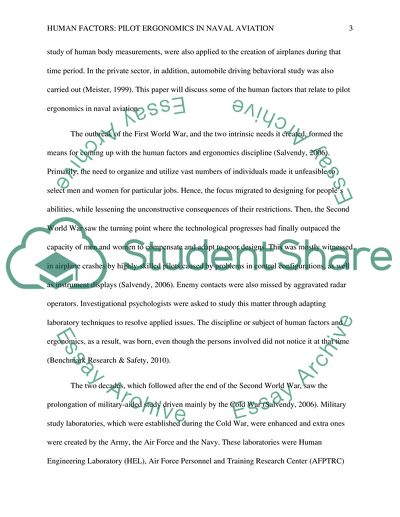Cite this document
(“Human Factors: Pilot Ergonomics in Naval Aviation Research Paper”, n.d.)
Human Factors: Pilot Ergonomics in Naval Aviation Research Paper. Retrieved from https://studentshare.org/military/1615337-human-factors-pilot-ergonomics-in-naval-aviation
Human Factors: Pilot Ergonomics in Naval Aviation Research Paper. Retrieved from https://studentshare.org/military/1615337-human-factors-pilot-ergonomics-in-naval-aviation
(Human Factors: Pilot Ergonomics in Naval Aviation Research Paper)
Human Factors: Pilot Ergonomics in Naval Aviation Research Paper. https://studentshare.org/military/1615337-human-factors-pilot-ergonomics-in-naval-aviation.
Human Factors: Pilot Ergonomics in Naval Aviation Research Paper. https://studentshare.org/military/1615337-human-factors-pilot-ergonomics-in-naval-aviation.
“Human Factors: Pilot Ergonomics in Naval Aviation Research Paper”, n.d. https://studentshare.org/military/1615337-human-factors-pilot-ergonomics-in-naval-aviation.


